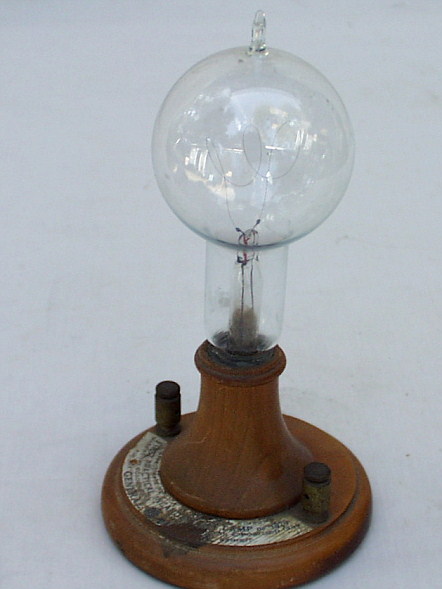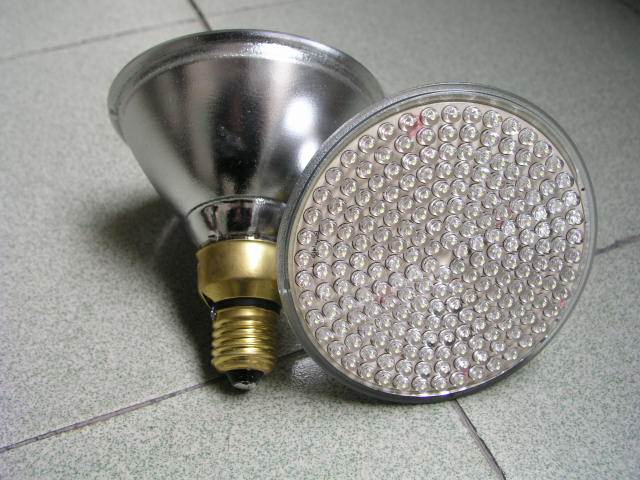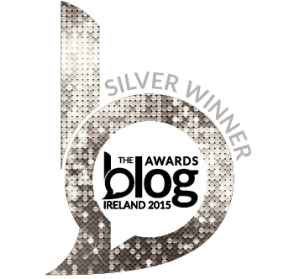The light continues to go out on incandescent light bulbs
From 1st September 2011, shops won’t be able to buy in new stocks of clear 60 watt traditional light bulbs under EU rules. They are no longer allowed to order new stocks of clear 60W bulbs but can however sell whatever remaining stock they have and manufacturers will have to stop supplying them.
Initially, Ireland’s National Climate Change Strategy wanted the government to issue a levy for low-efficiency bulbs. In December 2007 Ireland went one step further and became the first country in the EU to introduce new legislation to ban the sale of energy-wasting incandescent lightbulbs by 2009.
It was later announced that all member states of the EU agreed to a progressive phase-out of incandescent light bulbs by 2012.
From 1st September 2012 it will be lights out for the incandescent light bulb when the 40W incandescent light bulb will be finally banned. As in 2011 shops can sell their remaining stock and manufacturers will have to stop supplying them. This will be a big change for people as the incandescent light bulb makes up about 60% of the Irish market.

As part of an EU directive, traditional light bulbs will be replaced by more energy-efficient types — halogen bulbs, which are 30% more energy-efficient, and the CFL long-life bulbs, which are 80% more energy-efficient.
Before the legislation to ban incandescent lightbulbs was drafted, different bulb technologies were assessed in an extensive study, to determine their potential environmental benefits and impact on consumers and the light bulb industry. The EU decided to phase out conventional incandescent bulbs to reduce CO2 emissions by approximately 15 million tonnes a year.
The use of traditional lightbulbs can account for as much as one-fifth of household electricity consumption. The electricity used over the lifetime of a single incandescent bulb costs 5 to 10 times the original purchase price of the bulb itself. Replacing 3 x 100W incandescent lightbulbs with CFLs using 3 hours of electricity per day can save an average household up to €43 per annum.
The EU phase-out started in 2009 when 100W bulbs stopped being sold, while last September saw the phase-out of 75W bulbs. All remaining clear incandescent bulbs on the market, including 40W and 25W varieties, will be phased out in September 2012.

CFL bulbs, or compact fluorescent lightbulbs :
CFL bulbs, or compact fluorescent lightbulbs are designed to replace incandescent, halogen and other electric lights around your house, use between 60% and 80% less energy than their incandescent counterparts, making them an increasingly popular way to cut energy use without having to make any radical changes. CFLs can be applied nearly anywhere that incandescent lights are used. Energy-efficient CFLs can be used in recessed fixtures, table lamps, track lighting, ceiling fixtures and porchlights.
While the purchase price of an integrated CFL is typically 3 to 10 times greater than that of an equivalent incandescent lightbulb, the extended lifetime and lower energy use will more than compensate for the higher initial cost.
CFL’s are made of glass tubes filled with gas and a small amount of mercury. The amount is so small that an old-fashioned glass thermometer holds 100 times as much mercury as one CFL bulb. No mercury is released when the bulbs are intact or in use, but CFLs can release mercury vapour when broken. It is important that you are aware of the steps to follow when cleaning up a broken CFL.
Light is emitted when mercury molecules in a CFL bulb become excited by electricity running between two electrodes at its base. The mercury emits an invisible ultraviolet light that becomes visible when it hits the white coating inside the CLF bulb.
It’s important that you know how to dispose of Compact Fluorescent Light Bulbs because, as already stated they contain mercury, a hazardous chemical. In Ireland (possibly the whole EU) as part of the Waste Electrical and Electronic Equipement (WEEE) directive, retailers must take back used CFL bulbs for free when a new bulb is bought. It is important that these are recycled and not just thrown out. The environment and cost benefits of CFL bulbs make them and excellent eco-friendly option for lighting. They can also be brought to Civic Amenity sites and disposed of free of charge.

LEDs – light emitting diodes.
The other option to replace incandescent bulbs are LEDs – light emitting diodes. They are becoming increasingly popular in homes and the most common uses of LED lights are in bulbs, shop displays, flashlights, traffic lights, Christmas lights and much more.
LED bulbs last up to 10 times as long as compact fluorescents, and far longer than typical incandescents. They offer the advantages of CFLs — lower power consumption and longer lifetimes — without the downside of toxic mercury.
LEDs do not have a filament, they are not damaged under circumstances when a regular incandescent bulb would be broken. LED light bulbs use only 2-17 watts of electricity (1/3rd to 1/30th of Incandescent or CFL). LED bulbs used in fixtures inside the home save electricity, remain cool and save money on replacement costs since LED bulbs last so long.







